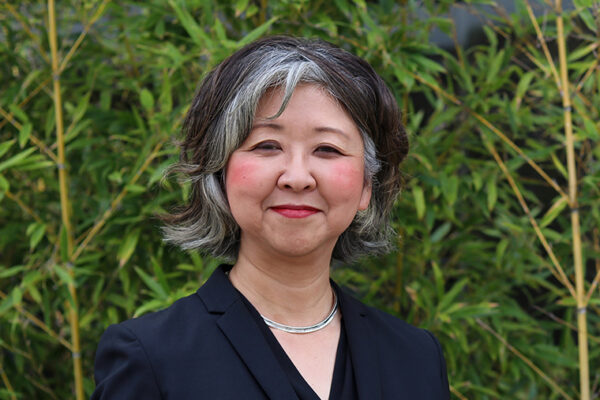Unsure what landscape architects do? Join the club, said Kevin Corrigan, who is about to earn his graduate degree in landscape architecture this month from the Sam Fox School of Design & Visual Arts at Washington University in St. Louis.
“No one knows who we are. And I don’t blame them. I had a college degree in environmental studies and I had no idea either,” said Corrigan, who earned his undergraduate degree from Denison University. “Many times over the last years, when I tell someone what I’m studying, they tell me I need to come over and work in their backyard.”
Here, Corrigan explains how landscape architects can address climate change, how a dig site in Uzbekistan has informed his work and why we must fundamentally change our attitudes about water.

How did you go from not having a clue about landscape architecture to getting an advanced degree in the field?
After I was sent home my senior year because of COVID, I made my way to Washington state, where I lived in a tent and worked as a photographer. I thought an outdoor gig suited me but, ultimately, I was wanting more engagement. I’d completed this wonderful education in this pressing subject and I realized I needed to do something meaningful.
I had taken a course called “Environmental Design” and really enjoyed it. I don’t remember it getting into landscape architecture. But, as I was considering what to do next, I discovered landscape architecture, which really integrates my interest in art, design, social issues and rigorous ecological focus.
I looked at a ton of master’s programs and ended up here because I wanted a program couched in the school of art and design, which isn’t the case for all landscape programs. I’ve also had a lot of opportunities outside of the Sam Fox School. In 2022, I had this really cool experience with Michael Frachetti (a professor of archaeology in Arts & Sciences) in the mountains of Uzbekistan digging up an ancient civilization for the first time. There are a lot of parallels between our disciplines. Archaeology tries to understand how people built their societies by, as they joke, digging up people’s trash. I think landscape architecture does that, too, but looks forward. We look at who people are, what a community needs, how they see themselves and what’s important to them, and then build that into a landscape.
How can landscape architecture address climate change?
With applied design, you can build and adapt places based on localized needs. That’s the power of landscape architecture — it really accounts for the people who live in the place. One of the projects I worked on was on the Colorado River Basin, where convoluted political miscalculations and poor design has led to America’s most visible climate change emergency. That experience was really interesting because I come from Chicago, where
spring precipitation overburdens city systems and a swollen Lake Michigan eats away at what was meant to be permanent infrastructure. The correlation between drought and flooding is that both are often caused by infrastructure. For centuries, we have seen water as a challenge to be controlled. Now we know a lot of ecological harm comes with trying to control water, whether it works or not. Designers understand water needs to stay where it falls. That’s why today a lot of American cities are looking to the Chinese “Sponge City” approach, coined by landscape architect Kongjian Yu.
It sounds like landscape architecture is a growing career.
I’m curious to see where it takes me. After graduation, I’m going back to Uzbekistan. And then we’ll see. I believe landscape designers have a necessary voice in any discussion about spatial design and the built environment. Historically, a project is a building and the landscape architect works around that. But the whole basis of this discipline is treating the urban realm as a whole and seeing how we can fit into and better integrate our urbanism into existing ecological systems in a manner that is, at the very least, as low-impact as possible, but ideally accentuates what is already there.



